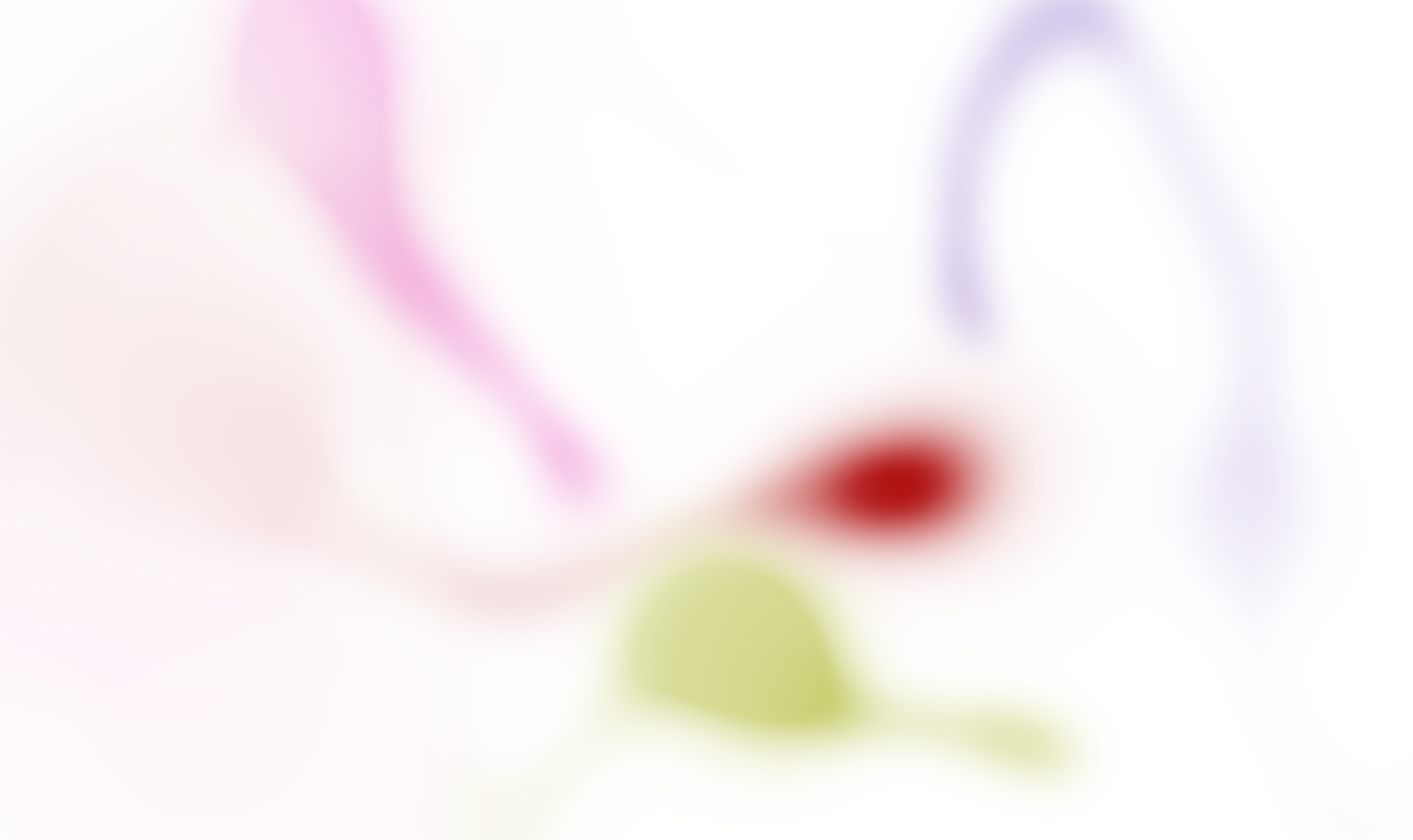This website hosts the output of the artistic research project “Atlas glatter Räume” (AR 640), funded by the Austrian Science Fund (FWF). The project starting in 2021 is a collaboration between the University of Music and Performing Arts Vienna (MDW), The Anton Bruckner private University Linz (ABPU), and the Complexity Science Hub Vienna (CSH).
Our subject of investigation and experimentation is the space that is created around performers, shaped through performers and accessed by performers. Rather than extracting the performer as the subject from its embedding in an ambient space, we are distinctively and decisively concerned with that ambient space itself, namely with the perceptive space that complements the performers, with that space’s own proper quality and its own dynamics. Which experiments allow us to describe, communicate and compose these space experiences across artistic practices? Our subject is not the composition of physical spaces. Neither is it about the composition of dance or music with reference to space. It is about the notation and communication of the space that is perceived by and is a complement of the performer.
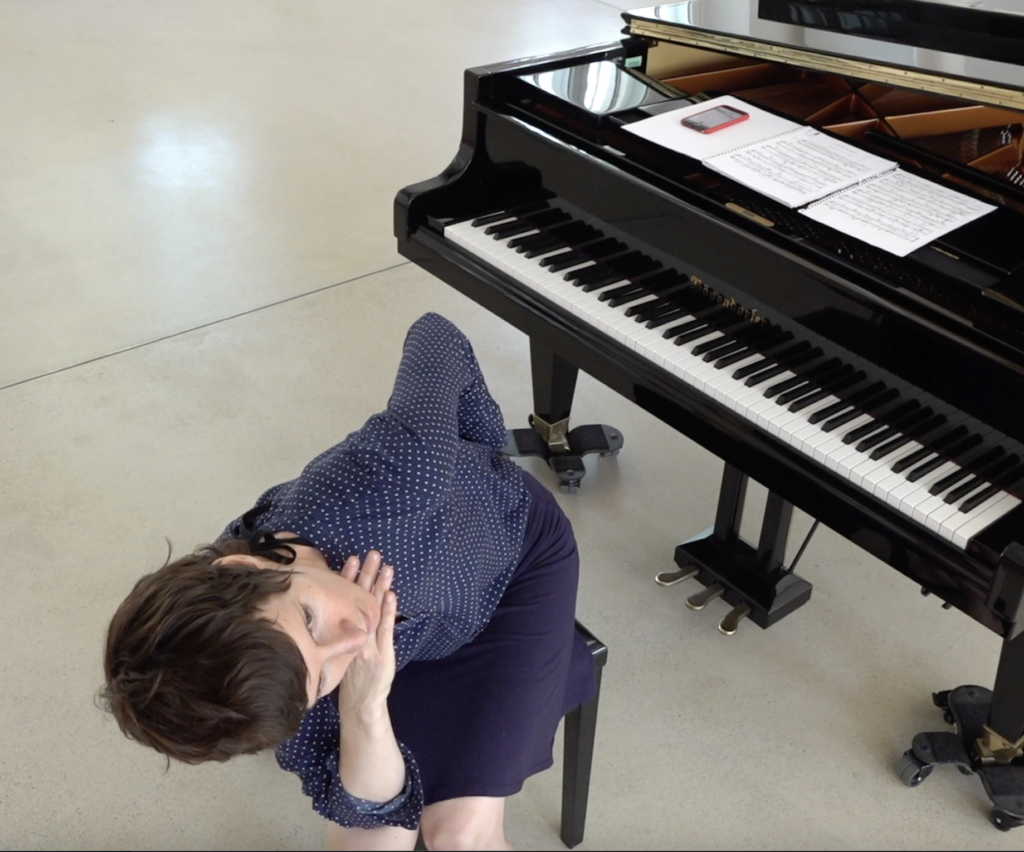
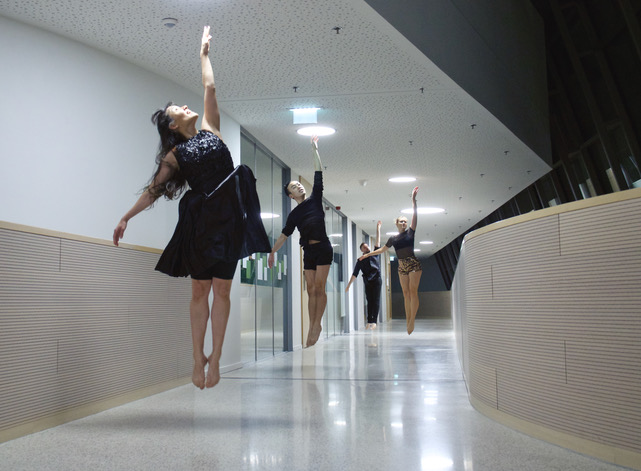
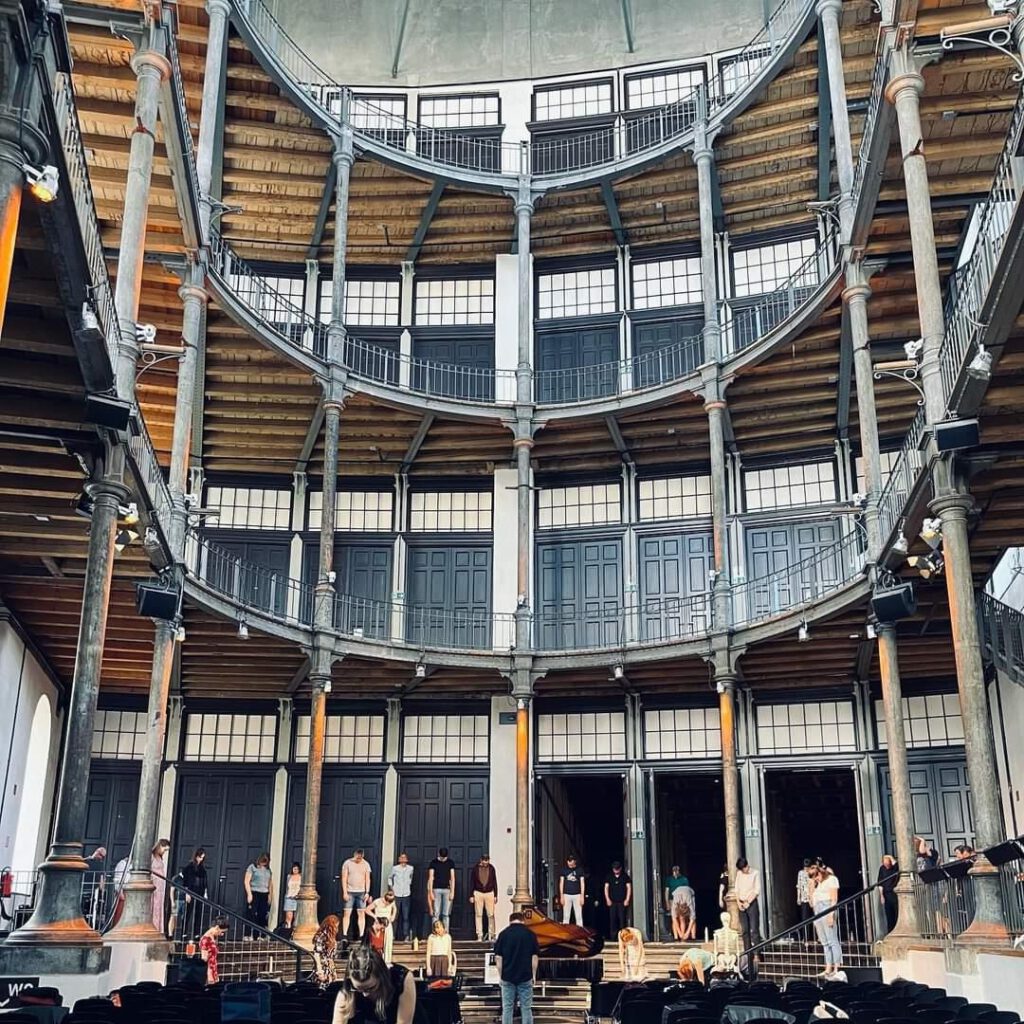

In this research project we work towards an atlas of smooth spaces in the audio-corporeal practices, where we map manifestations of smooth space phenomena – charts of the atlas – and how they are communicated from one discipline to another – transition between charts (navigating from one chart to the next). The purpose of the atlas is to develop methods to create, tools to access and vocabulary to describe and perform these respective spaces.
SMOOTH SPACES
Attributes that describe the quality of such spaces were developed by Boulez (Boulez 1975) and later Deleuze-Guattari (Deleuze, Guattari 1987), who introduced the notions of smooth and striated spaces as the principal dimension along which space phenomena may be described. In Deleuze/Guattari a smooth space subsumes the ideas of continuity rather than discreteness, of relativity rather than absoluteness, of non-metricity rather than metricity, of fractionality rather than wholeness, of ordinality rather than cardinality, of directionality rather than magnitude, of quality rather than quantity, of intensivity (pertaining to the whole) rather than extensivity (pertaining to the countable), of nomadic being rather than sedentary being and of becoming rather than of progress. Our conceptual starting point in this project are the smooth aspects of spaces in the audio-corporeal arts, where we focus on a selection of representative artistic practices.
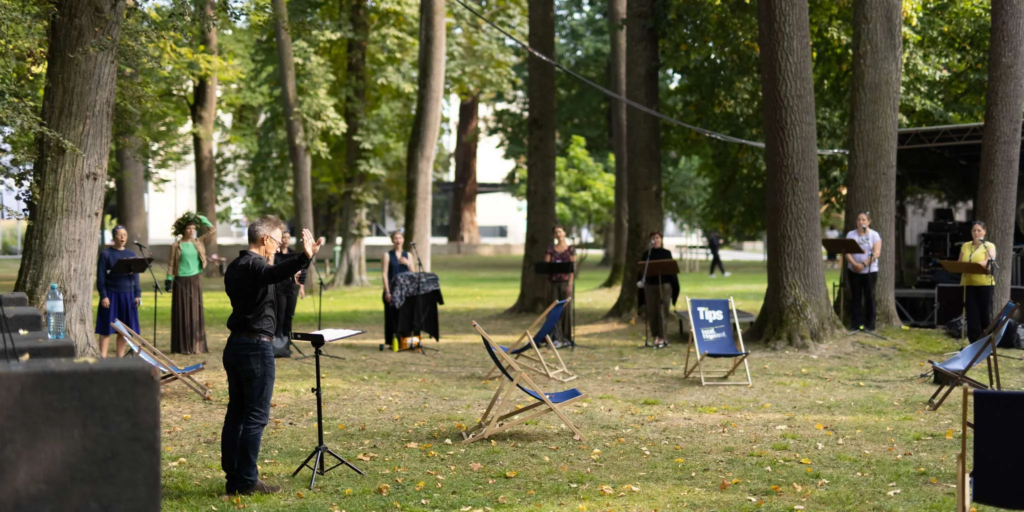
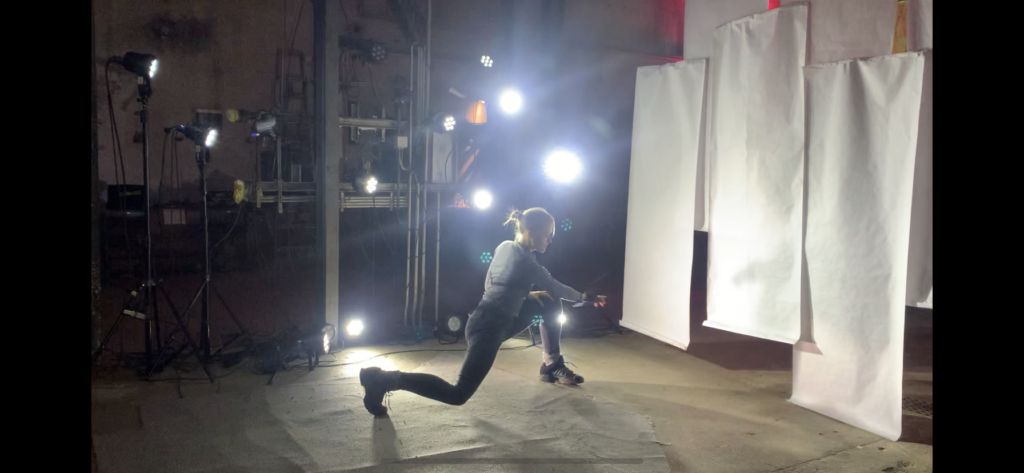
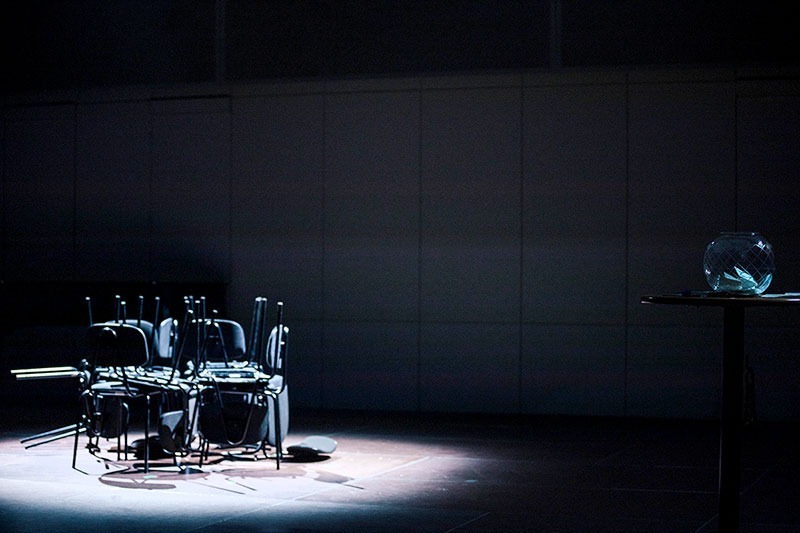
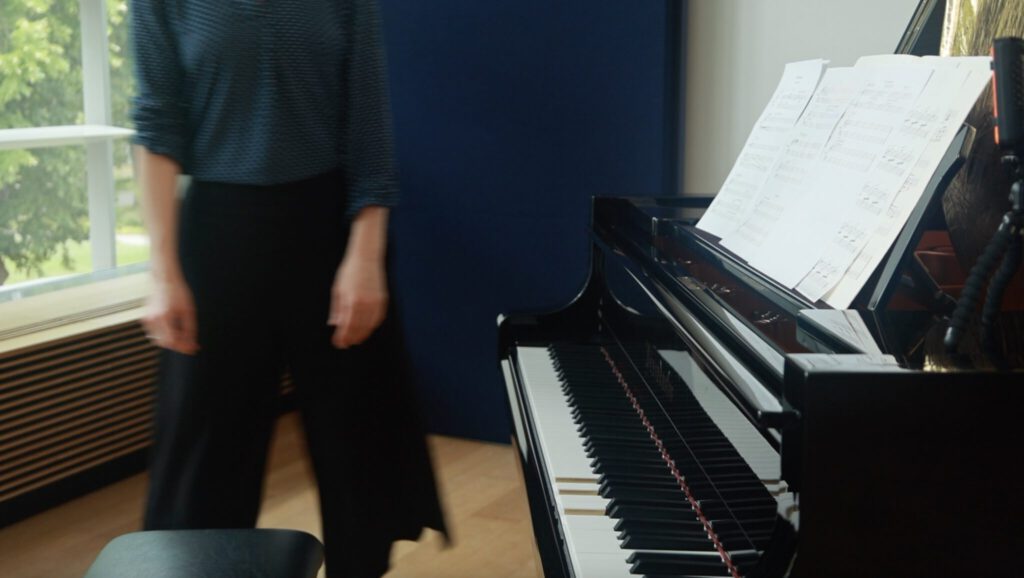
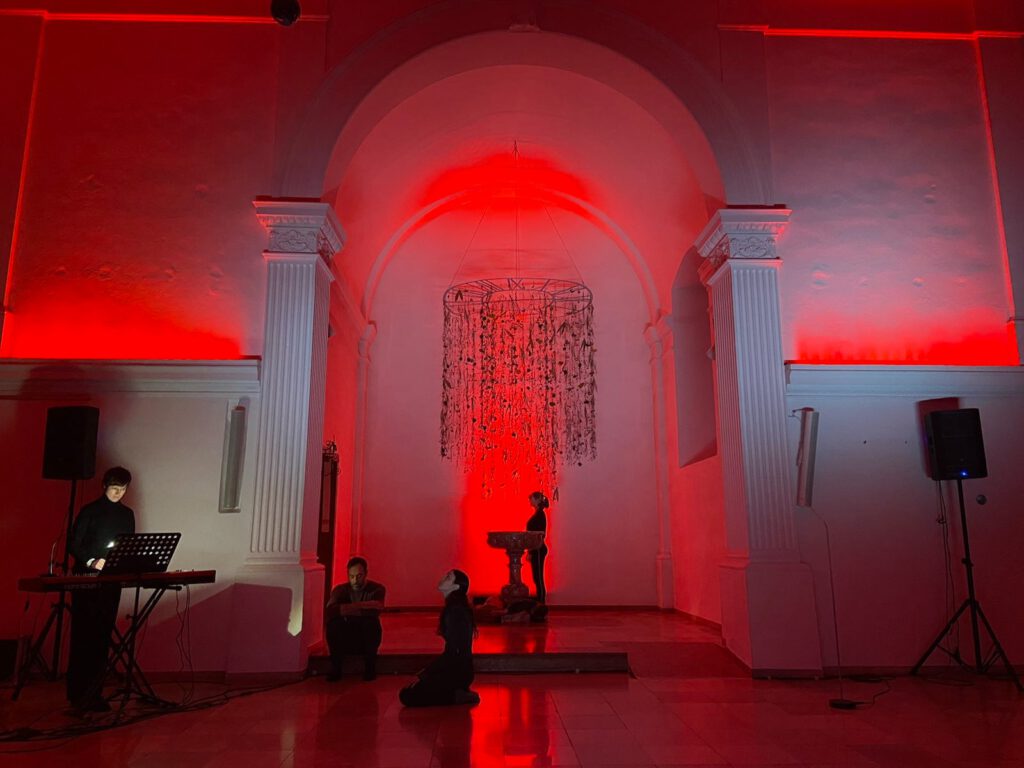
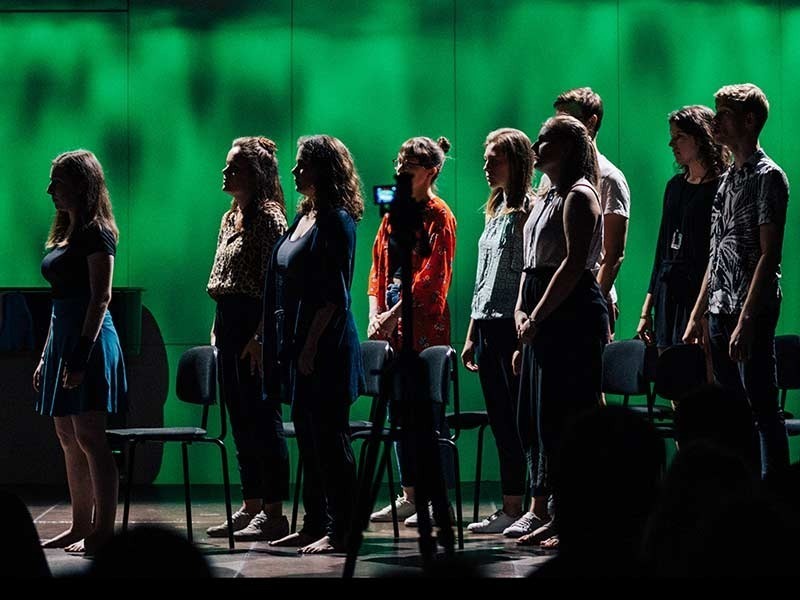
Starting with the thought experiment of an empty space, one may inquire about what happens to the space as more and more elements are added? We find that with the factual or counterfactual inclusion of each element some quality appears that was absent before. These qualities are typically not extensive, in the sense that they change proportionally to the amount of elements or are enumerable in any sense, but they are intensive (c.f. Deleuze), in the sense that they pervade and change the entirety. These qualities are emergent. When investigating them, we propose to start with a pure and condensed form of this phenomenon. We call this departure point, the null-space. A null-space for movement arts may be the resting body and in sound arts it may be background noise. We recall the mantra attributed to Aristotle: The whole is more than the sum of its parts. These “mores” are precisely those that cannot be explained by simple extrapolation from the parts via a reductionist approach. Those “mores” are the emergent phenomena that we attempt to extract and harvest.
APPROACH
How can one capture, create and communicate these qualities within and across disciplines? We argue along the lines of Deleuze and Guattari, that capture and creation are related to each other via a duality, which is notation. A notation attempts to capture anything ephemeral, to fix a system out of the many possible ones. A notation confines. However within the confines and limitations of an alphabet, the playful and the intensive (related to intensivity/uncountability) can prosper. Thus notation is itself a form of striation, but at the same time both a method for capture and a method for creation of smooth spaces. This duality is explored in great detail in the work of Deleuze and Guattari: “It does not just go from the smooth to the striated, it reconstitutes smooth space, […] it reimparts smooth in the wake of the striated”. Therefore “it is possible to live smooth even in the cities, to be an urban nomad” (Deleuze, Guattari 1987, 482). Thus the notation simultaneously performs a seemingly paranoid task. It destroys the primordial smooth space of infinite possibilities, conceivable or inconceivable as they are, and then creates and opens up a new smooth space around itself.
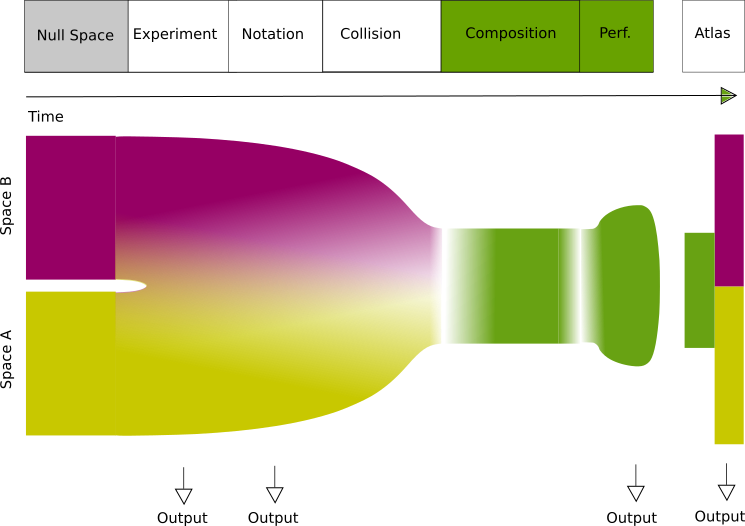
In order to capture its qualities and dynamics and in order to communicate and compose those qualities, we propose working towards an atlas of smooth – that is emergent and intensive – space phenomena, covering a broad range of artistic practices in the audio-corporeal arts. An atlas consists of charts and transition maps between overlapping charts. The charts correspond to individual manifestations of space phenomena in the respective artistic practices and the transition maps correspond to the communication between two overlapping manifestations. We propose the concept of a null-space as the most reduced and simplest form of the respective space manifestation, which corresponds in the atlas to blank charts. They constitute the starting point of our artistic investigations and experiments. The main productive part of our program consists in communicating these space phenomena from one artistic expression to another. Here we propose to develop idiosyncratic encoded languages of spaces – space-notations. We provide a high-level toolbox of space-related concepts borrowed from the realm of mathematics and refine it throughout the project.
Back to top.
